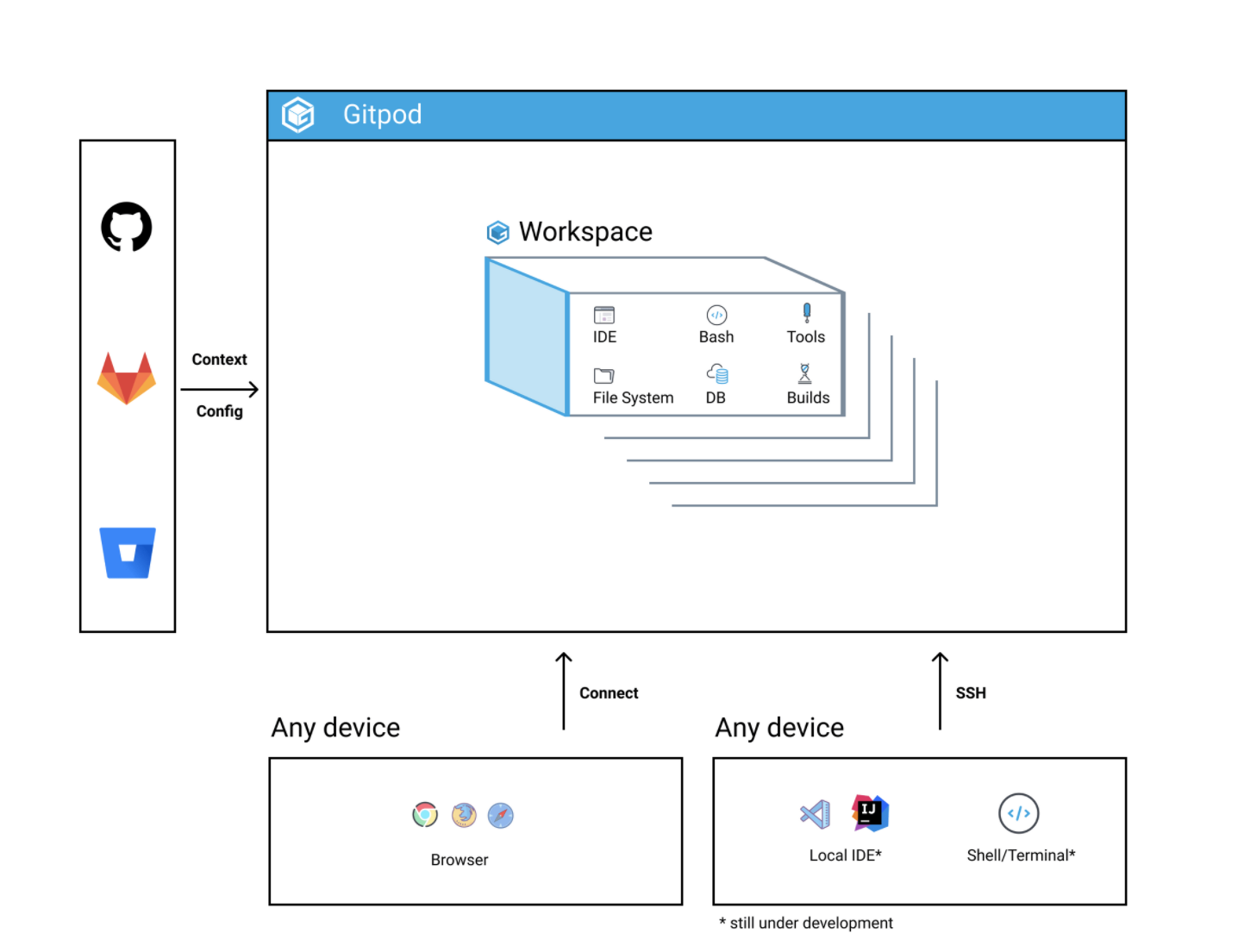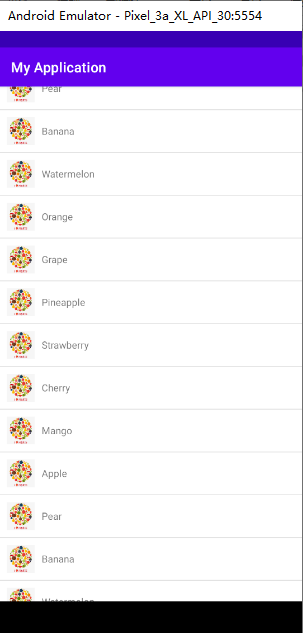Java中异常处理机制的实战应用
在Java中,异常处理机制是通过try-catch-finally语句来实现的。下面是实战应用的一些例子:
- 操作数据库时可能出现的错误:
```java
import java.sql.*;
public class DatabaseErrorHandling {
public static void main(String[] args) {
String url = “jdbc //localhost:3306/test”;
//localhost:3306/test”;
String username = “username”;
String password = “password”;
try (Connection conn = DriverManager.getConnection(url, username, password);Statement stmt = conn.createStatement()) {// 插入数据int rowsInserted = stmt.executeUpdate("INSERT INTO table_name column1, column2 VALUES ('value1', 'value2')");if (rowsInserted > 0) {System.out.println("Data inserted successfully!");} else {System.err.println("Failed to insert data into the database.");}} catch (SQLException ex) {System.err.println("Error occurred while handling SQL operations:");ex.printStackTrace();}}
}
2. 文件操作错误:```javaimport java.io.*;public class FileHandlingException {public static void main(String[] args) {String filePath = "path/to/invalid/file.txt";try (FileReader reader = new FileReader(filePath)) {System.out.println("Reading file from path: " + filePath);} catch (FileNotFoundException e) {System.err.println("Failed to find specified file: " + filePath);e.printStackTrace();}}}
通过以上示例,你可以看到如何在Java中使用异常处理机制来处理可能出现的错误情况。



































还没有评论,来说两句吧...